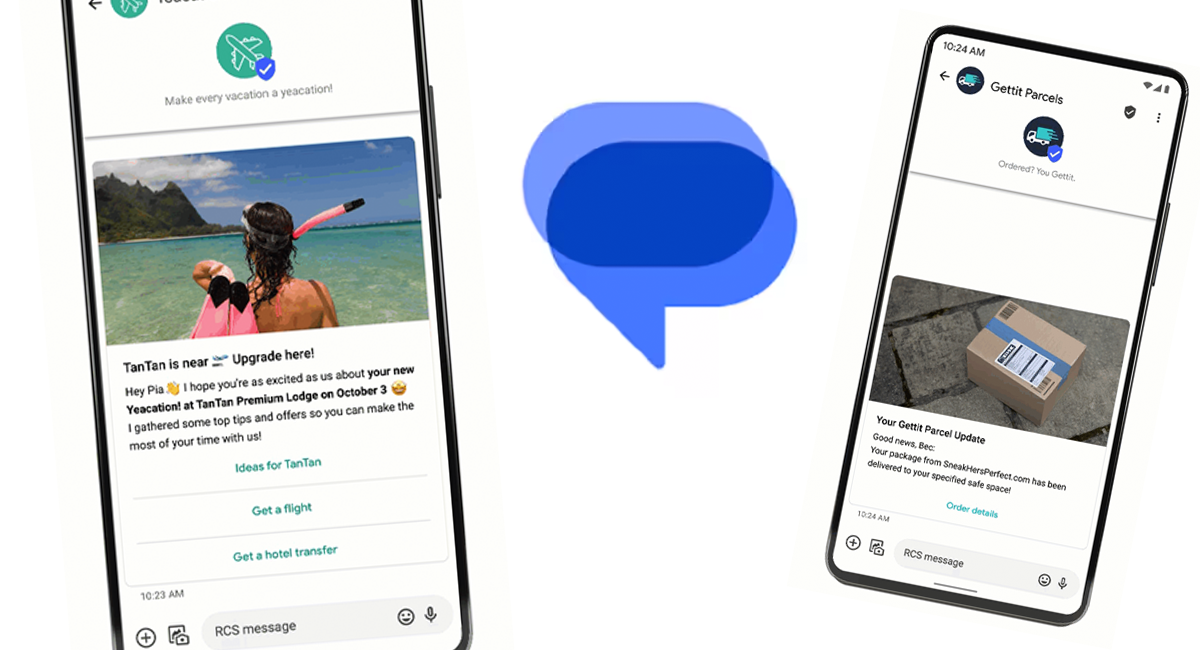SMS/MMS Use Cases, Compliance & More
Marketers, contact centers, and other communications professionals realize that to reach a large group of prospects or customers requires planning, budgeting, the right outlet or mechanism for reaching the target market, and possibly lists. If you’re thinking about starting your first messaging campaign (or perhaps you’ve already tried it but had issues), you need to know that it will require a bit more time and planning than other options.
If you do it right, however, and send compelling, compliant messages, there’s no better medium for reaching people quickly and effectively!
Know Your Target Audience
As with any communication, it’s important to know the demographics of your target audience, how they prefer to hear from you, and how frequently they want to hear from you. The ideal frequency will probably depend on your product or service and how much your message(s) may vary. If you’re providing medical results or Taylor Swift tour updates, for example, recipients will probably want to know ASAP. If you’re asking them to donate blood (again…) maybe bi-monthly is sufficient.
While these details are important no matter what you’re communicating, they’re especially important with texting campaigns as you should set frequency and content expectations up front when they’re deciding whether to opt in. Then abide by those expectations. If you don’t, people will complain and carriers will shut down your campaigns.
Build Your List
When you communicate 1-1 (text or otherwise), there are no compliance issues. If you place an ad, you must meet the medium’s requirements and enjoy their pre-built list. With email you can rent, and customers actually assume you’ll email them.
 Texting campaigns are more complicated: recipients must opt in before you contact them—even if they’re customers—and you must offer a way to opt out. If you fail to properly curate your list and people complain, carriers will refuse to send your messages. Bear in mind that people have different preferences for how they like to receive information, and texting requires a slightly more active response than, say, an ad they can simply scroll on past.
Texting campaigns are more complicated: recipients must opt in before you contact them—even if they’re customers—and you must offer a way to opt out. If you fail to properly curate your list and people complain, carriers will refuse to send your messages. Bear in mind that people have different preferences for how they like to receive information, and texting requires a slightly more active response than, say, an ad they can simply scroll on past.
Furthermore, you cannot share your opt-in list for money nor love. These people opted in to hear from you and nobody else. You need to be very clear about this and state it in your online privacy policy (you also want to make sure you include mobile in your online terms & conditions). Carriers frequently look for this, and will not approve your campaign without it.
Building a good list takes time, so even if you’re not sure when or even if you might start texting campaigns, start building now. You can find suggestions for generating opt-ins on our blog or in our SMS eBook. If you don’t have an adequate list, you’ll need to communicate some other way for now.
Ensure Messaging is a Good Fit (Know Your Use Case!)
While you might have some excellent and perfectly legal products, and texting might work great with your buyers, you need to be aware that it’s simply not an option for some industries or types of messages. If, for example, you sell a nice selection of cannabis and CBD gummies, the laws vary from place to place and there’s no way to keep up with where your recipients are, so no related texts are allowed.
By the same token, many industries can only send messages if they follow certain restrictions. An insurance provider can send messages, for example, while an insurance reseller cannot; and insurance quotes can only be specific to the direct provider. For a detailed list of these rules and regulations, please see our Messaging Use Cases eBook.
Verify Your Message is Compliant
Although different types of messaging (long code, short code, and toll-free) are used in different ways and have different approval processes (more on those in a bit), they have one big thing in common: there are content rules! Specifically, there are several levels of overlapping requirements:
- The Telephone Consumer Protection Act (TCPA)
- The CTIA (an industry trade group)
- The carriers (e.g., T-Mobile and AT&T)
- Your messaging provider (such as Commio’s rules)
It sounds like a lot, but it’s mostly a lot of common sense. First and foremost among things to know is the acronym “SHAFT”: no sex, hate, alcohol, firearms, or tobacco in your messages (sorry, Marlboro Man!). Also:
- Tell the recipient who you are (the brand name they identify with you)
- Provide a clear call to action
- Include your real URL (not a shortener or redirect), and test it
- Give people the option to opt out (required, just as it is in email)
- Finally, proof it all and spell check—don’t leave any red flags
See? Pretty basic—especially among communication professionals. However, we strongly recommend that you review the TCPA, CTIA, and other lists of rules every few months to ensure that there are no updates. As with the law, ignorance is not a defense.
Other Considerations
When planning your messaging campaign(s), there are several other aspects you’ll also need to consider:
- Which messaging format (short code | long code | toll free) is ideal for you (see our SMS eBook)
- Whether you have the right number(s) for your preferred format, or what it will take to acquire them
- What is required to hit Send, including the right provider, campaign approval timeline(s), and associated costs
Although these details aren’t all directly involved in being compliant, they’re all part and parcel of building solid, compliant campaigns. For example, the messaging format you choose will determine the approval process and how long it will take. Perhaps the most important decision? Finding a good provider who knows the ropes and will hold your hand throughout the process (related blog)!
As with a lot of marketing and communications these days, there are rules, there’s a definite learning curve, and you shouldn’t expect to master messaging campaigns overnight. With a 98% open rate within the first few minutes, however, there’s a lot of upside to getting it right. At the end of the day, it’s all about finding the best way to reach your target audience.
Essential Guide for Cloud Communications Compliance & Cybersecurity:
Part 1: Compliant Calling in the Cloud – Call Compliance, STIR/SHAKEN | Dialing Strategies | Dealing with SPAM Labels
Part 2: Text Messaging Compliance – Getting Started with Messaging Campaigns | Different Messaging Types, Compliance | Long Code Compliance Checklist | 7 Traits of a Good Provider
Part 3: Securing Your Voice & Messaging Business – Empowering Your Team | The Human Element | Cybersecurity 101 | Know Your Customer! | The Robocall Mitigation Database | Toll Fraud

















